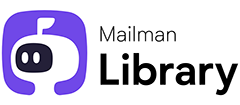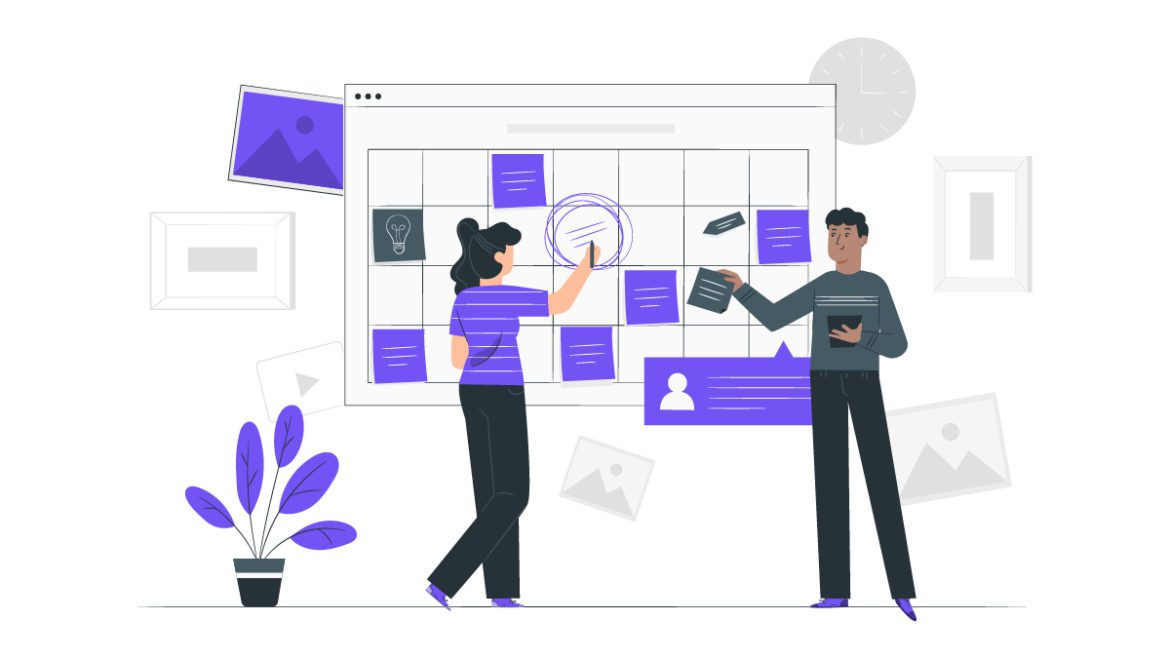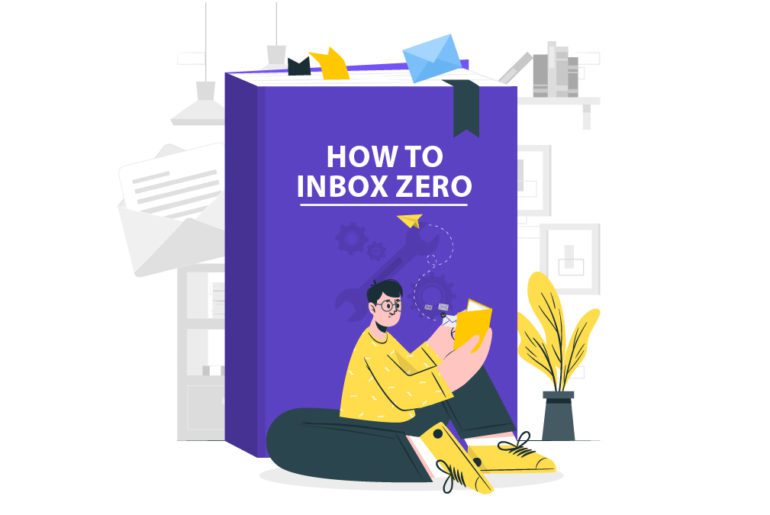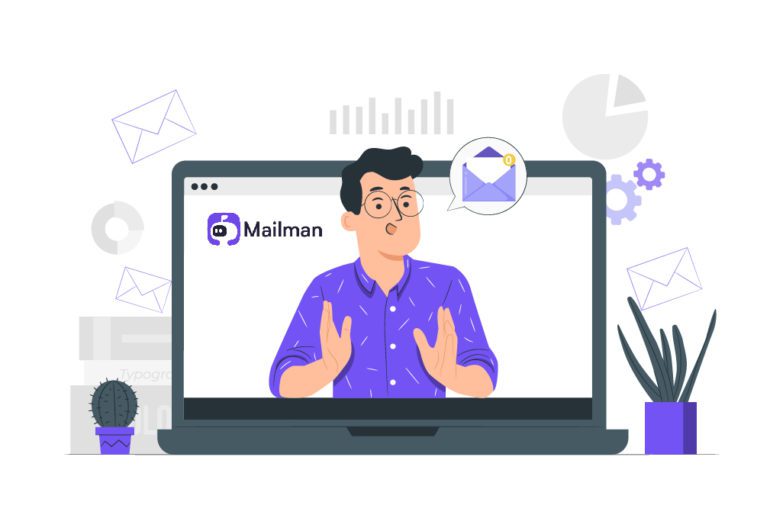Various email management strategies are preferred by email users all over the world. These strategies differ according to the different preferences of the email users and their daily life. But one common thread joins them all- the problem of spending too much time in our email inboxes. A strategy that can help us all is what we like to call email dashes. But what are email dashes? Read on to find out!
What are email dashes?
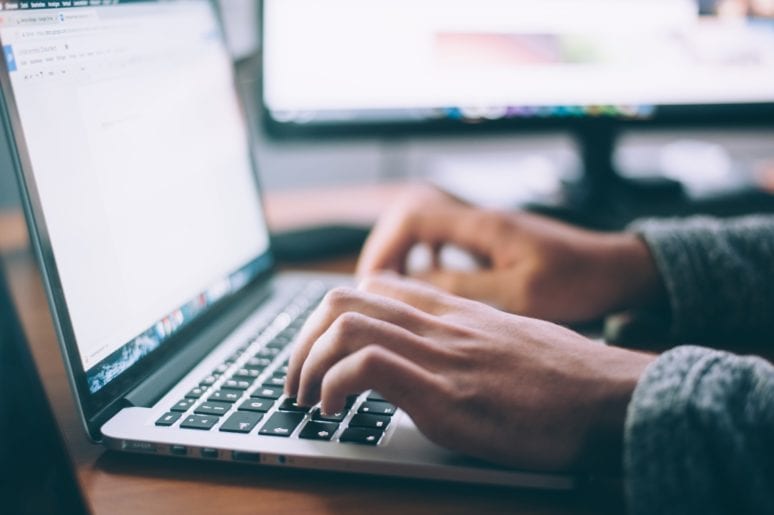
The number of emails we receive everyday makes it difficult to respond appropriately to all of them. A response might consist of deleting, filing or even archiving an email, but each read email needs to be responded to in some way or the other. But this might lead us to be on constant guard of responding to each email just as they hit the inbox. Though it might feel like this keeps us up to date, this actually results in low productivity in all other aspects of our work. Our usual thoughtless response to all emails might look something like this:
- Checking for/being notified of any new email
- Checking on new messages and items needing time-critical input from you
- Quickly responding to the urgent emails and tasks
- Processing “the pile” into actions, calendar events, and messages in need of a short response only
- Responding to new and non-critical messages that have accumulated
- Performing occasional metawork like email filing, setting filters, inbox refactoring, rules tweaking, etc.
One solution to this is processing emails in dashes. Email dashes are essentially short spans of time which one uses to process email. Thus one does not devote hours on an end towards one’s achieving inbox zero. Email processing is done by spending only a couple of minutes every hour or so. This makes sure that you spend less time in the inbox and more time in important tasks.
How do I use email dashes?
Prioritization is all you need to get started with email dashes. Knowing what tasks are the most important to you and understanding where you end up wasting time, are two key factors that will help you. Time management tools like Toggl can help you in figuring out how you can get better at time efficiency.
An example of an email dash schedule might look like this:
- New email check + scanning + super-fast responses: 2 minutes every 20 minutes
- Non-critical responses: 10 minutes or 5 emails every 90 minutes
- Processing “the pile”: 2 minutes every hour + 15 minutes at the end of the day
- Metawork: 15 minutes twice a week
- Further culling, responding, and clearing “the pile”: Through the day, as available, in 5-8 minute dashes
Incorporating a personalized email management schedule in your email strategy can prove to be a great tool for productivity. Email management softwares like Mailman can greatly help in developing an email management schedule as per your convenience. And the easy user interface makes it a very easy app to handle and tweak as you need.
Benefits of email dashes
- Lesser distractions
We are surrounded by distractions all the time, no matter what we do. During work especially, it is easy to get distracted by the many things that call for our attention. Constant email notifications can form a major chunk of these distractions. Not only does this affect our focus and concentration, but it also negatively affects our productivity.
As more and more distractions catch our eye, the more often we leave the task at hand to attend to a new email or a new reply. Thus we need to refocus our attention on the task every time we get distracted which lowers productivity. This also affects time efficiency as we take longer to complete our tasks. Putting our email notifications off is one way of reducing distractions. - Better sense of priority
Prioritizing tasks is an important tip for productivity. Your tasks should be set and prioritized such that the most important task is scheduled at a time when you are most alert. This time, typically, in the morning when our energy levels are at their highest. For some people, this time could be later at night or after a workout or after a meal.
With higher energy and alertness in your productive hours, there will be a better chance of you performing the task in the best way possible. As the quality of your work improves, so do your productivity levels. This is yet another way in which email dashes can reach you to inbox zero and improve productivity. - Easier deep work
With the amount of tasks that end up in our hands everyday, it is easy to confuse ‘quantity’ with ‘quality’. The high number of tasks and emails can easily overwhelm a person. One must never sacrifice delivering good quality work in the guise to complete a few more tasks. And with the prevalence of technology and its distractions, it can be very easy to lose track of the quality of work.
Focus and concentration at a particular task is the basis of achieving better productivity. This ensures that one pays optimum attention to a task at hand. All factors that can lower productivity, like distractions, disturbances, shallow work, etc, are kept at bay. Thus this ensures better quality of work as deep work acts as a tool for productivity.
Conclusion
Scheduling email management is an important and one of the most effective email cheats to reach Inbox zero. Proper time management and better productivity are two main outcomes of efficient email management. Apps like Mailman can go a long way in helping you improve your email management strategy and strike a healthy life balance.
FAQs
1. Use email management softwares like Mailman.
2. Respond to emails promptly using the 2 minute rule.
3. Delete the emails after you deal with them.
4. Delegate emails if they suit someone else’s responsibilities better.
5. Organize your emails with folders, filters and labels.
You can find all your inboxes and labels in the left-hand menu. Click on each inbox to open its contents.
Check the open square at the top left of the screen and then click “Select all conversations that match this search.” This will select every single email in your inbox like the one you first chose. Click on the trash icon and delete the emails.
Your mail can go missing from your inbox because of filters or forwarding, or because of POP and IMAP settings in your other mail systems.
1. Navigate to gmail.com using any Web browser.
2. Enter your Google username and password in the Username and Password fields and click “Sign In” to log in to your Google account. The default view is the Inbox folder.
